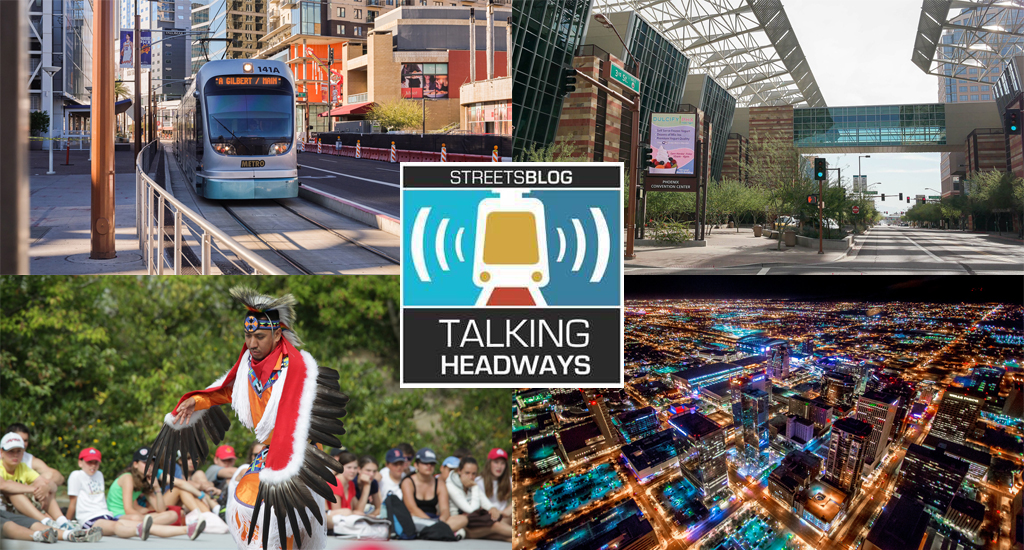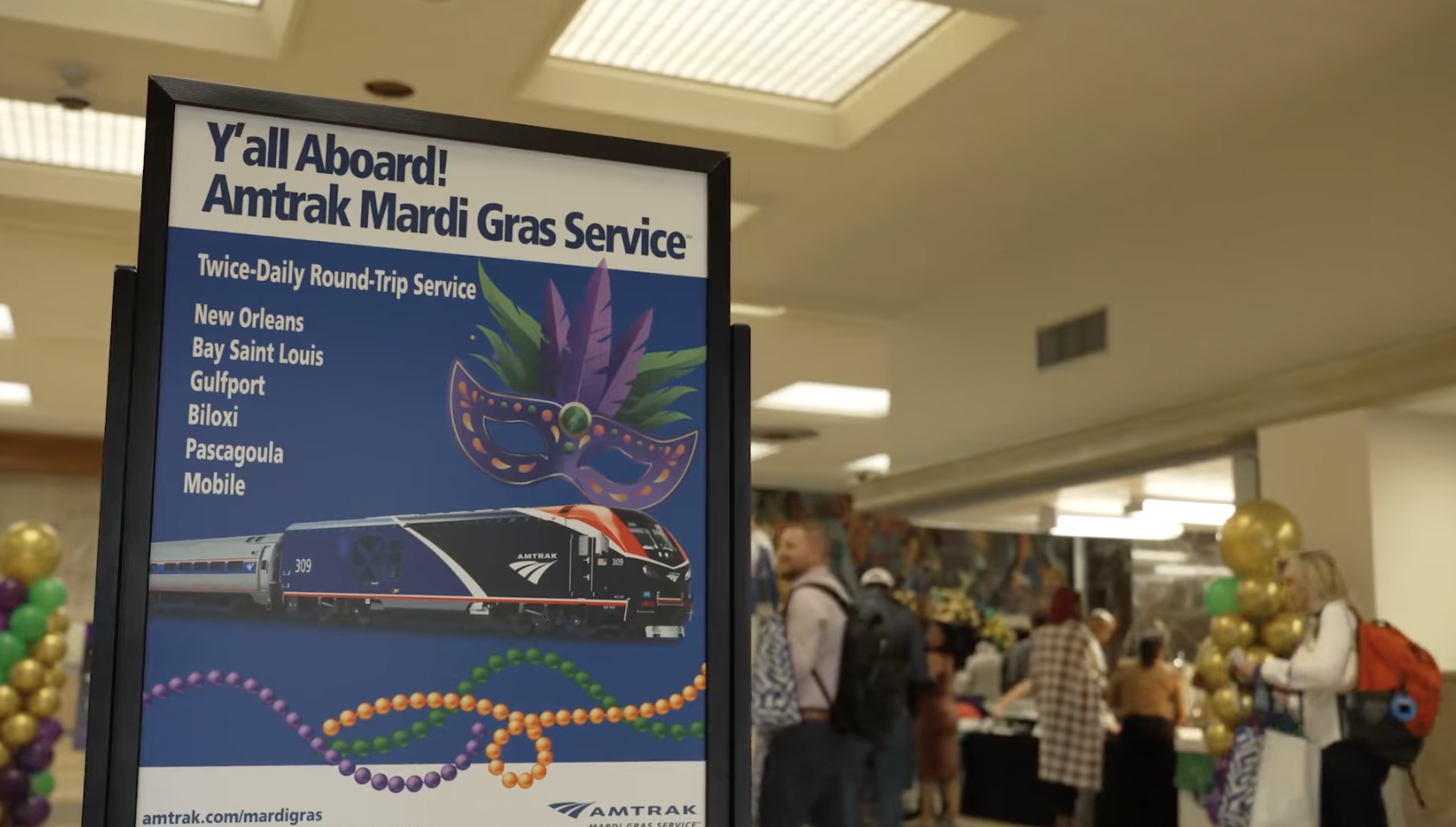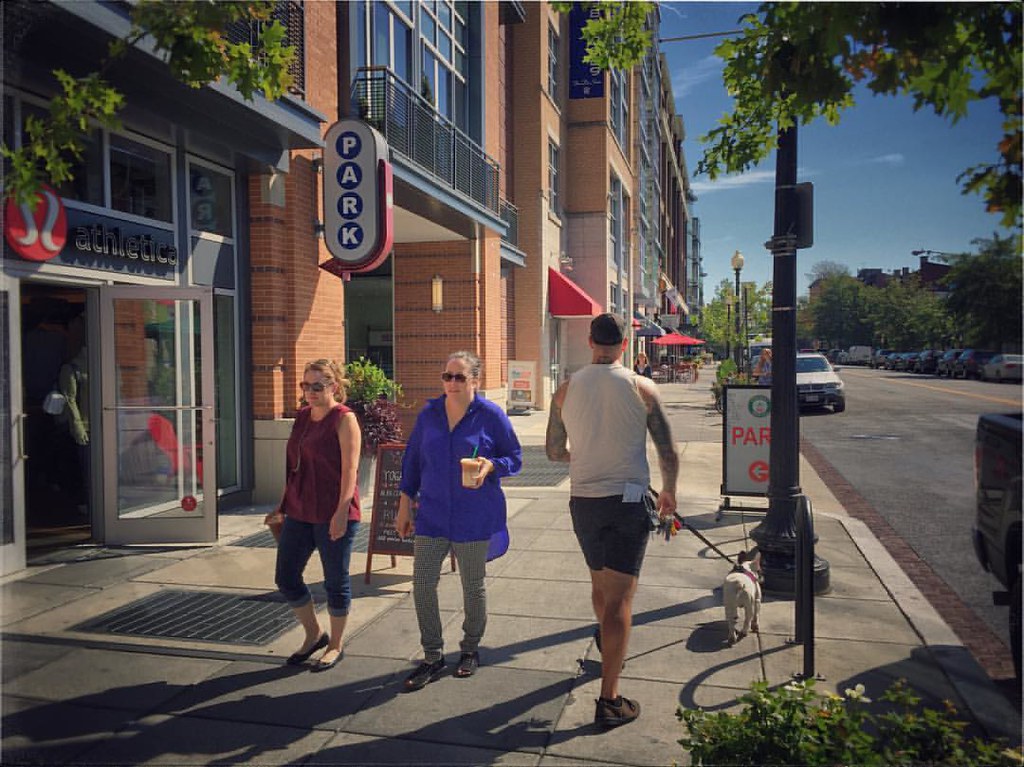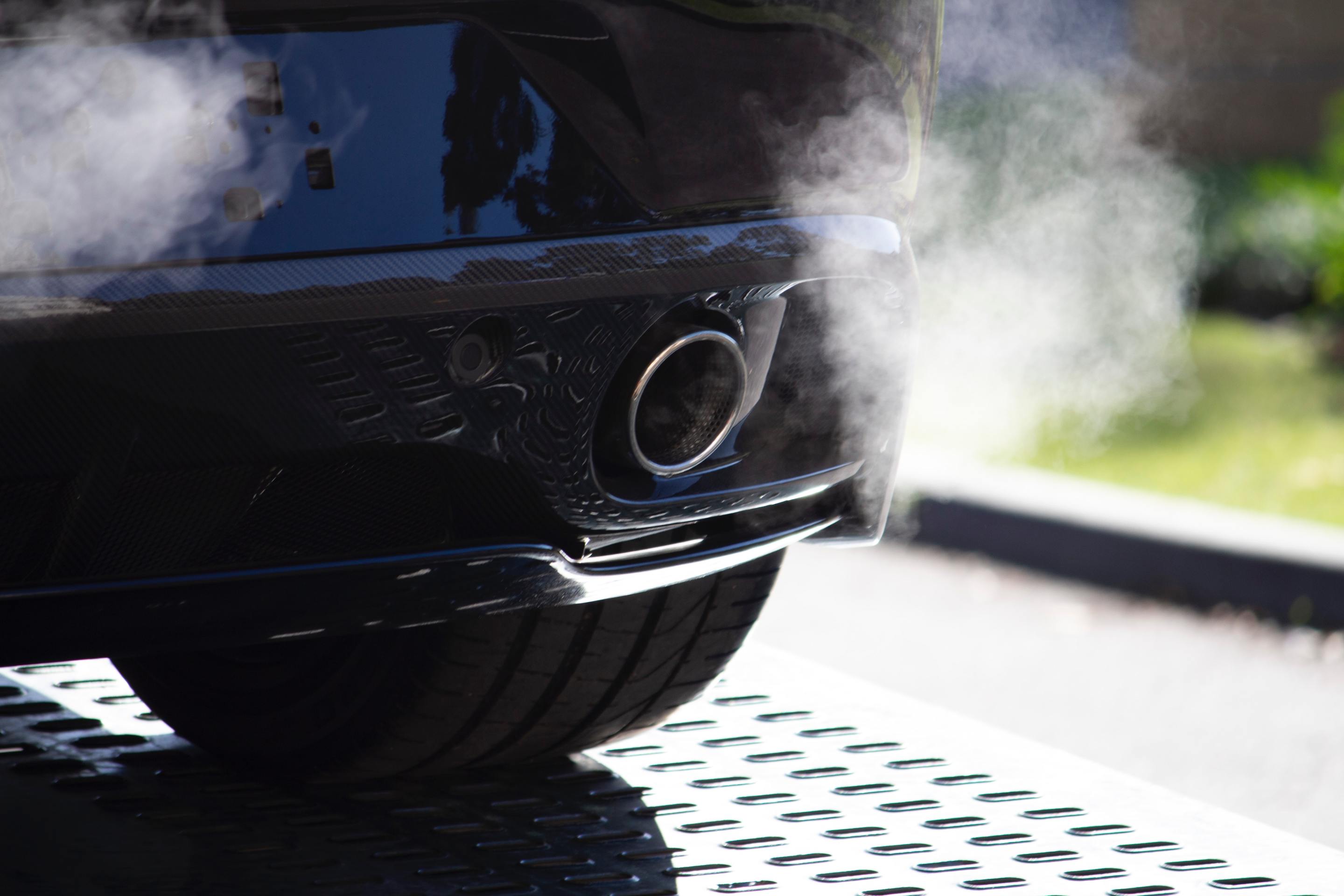This week we’re joined by Phoenix community builder Tim Sprague. We chat about supporting local culture through development projects and the importance of sustainable development and transportation.
An edited except our conversation can be found under the audio player below. Click here for a full, unedited transcript.
Jeff Wood:: Let’s talk about Phoenix a little bit. I want to know a little bit more about what Phoenix means to yo, and how you reflect the city of Phoenix in your development projects.
Tim Sprague: Well, I moved out here in the early eighties. At that time downtown Phoenix was truly a suburban city. The downtown area, the urban area, had really been abandoned. The large department stores had all moved out. Everything had gone to the suburbs. I was hurting, I mean, no question about it.
The first, I like to call it the big rock that was put in the jar, if you will, was the arena where the [NBA's] Phoenix Suns play. And then the next big rock was the baseball stadium for the Arizona Diamondbacks. At that point the convention center was starting to be redone and things had started, but you had all the great big rocks, but none of the smaller stuff, you know — the grains of sand that come in around that in the jar and really provide the activity, provide the environment, provide the culture that lures people there.
So a group of us around downtown, when we put our stake in the ground to do the RFP for the Portland Place Condo project, there was a group of us that were really into good music, really into art, and wanted to try to create a downtown. And, literally, over the last 15 years plus it’s happened. It’s worked. And it’s because of really a neighborhood, the Roosevelt Action Association that I told you about, of those folks being devoted to the park that was in their neighborhood. The park was dedicated in 1992 with a lot of grandiose things that were supposed to be there.
The city and the state ran out of money — they did put the green in, it’s nice, but that’s it. We've renovated the park. I was head of the Hance Park Conservancy to help get that done. We’re in the process of that renovation project.
The other thing downtown is that, is there is that these are the local folk, these are the restaurants that are the local people that have come in. They’re not chains. The arts district is right at the corner of Central and Roosevelt, which is right where our projects are located. It’s thrived. The Arts District light rail stop is one of the most traveled ones on the circuit. And downtown has just evolved. It give you a sense of how much change has taken place within the miles circuit of our park and where our projects are located.
At the end of 2014, there were 5,900 people that lived within that mile radius. Four years later, it’s a little over 12,000 folk. And if you take that 2018 number projected out today, we’re probably about 23,000 or 24,000 people within that same radius now. That kind of activity’s taking place very quickly.






